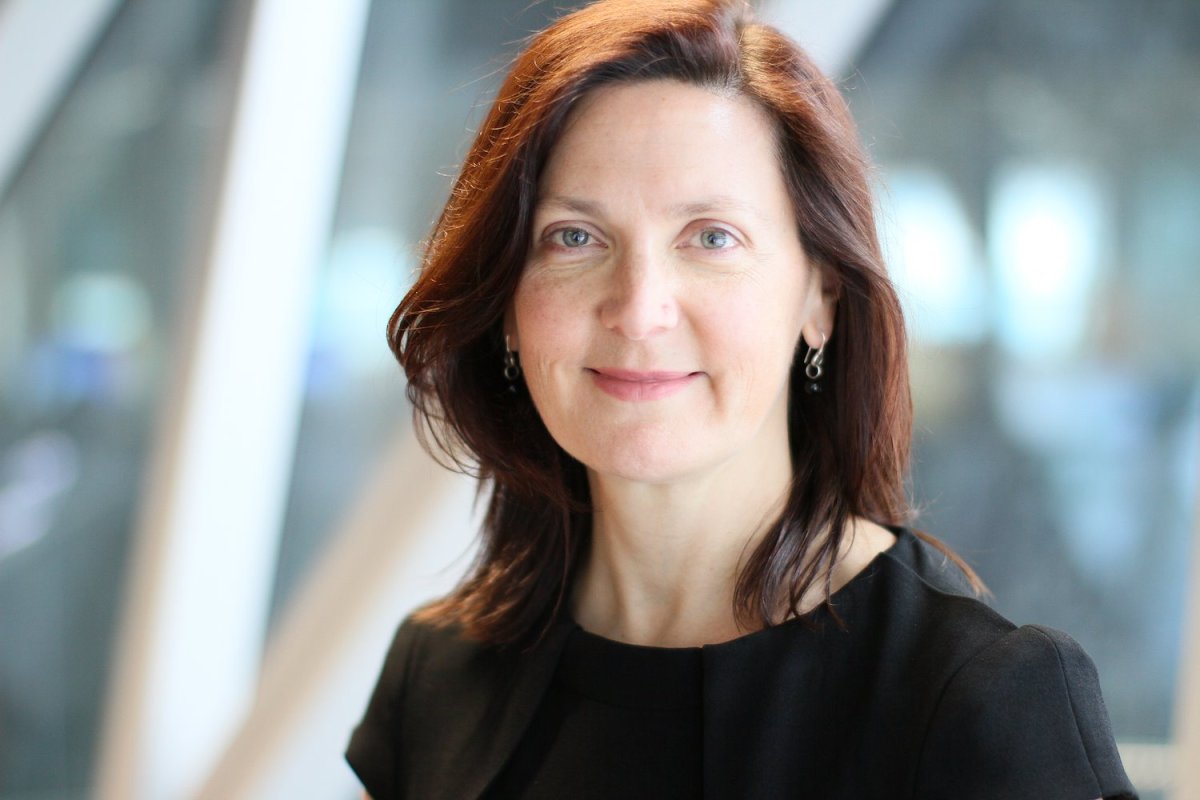Banks do more than just take deposits, and make loans; they also invest the capital they have on their books.
For Bank Australia, this is an opportunity to reflect their customers’ demands for ‘clean money’. The bank is a mutual, it’s owned by its members, and it has embraced impact investing in a big way.
So much so, that they’ve recently hired their first Chief Impact Officer. Dr Sasha Courville took on the role in March this year, moving over from NAB, where she had been Executive, Social Impact.
OnImpact spoke with Sasha about making the move from a shareholder-owned bank to a mutual, the impact focus for the bank in the near-term, and the expectations their members have for the bank to be a leader.
A Clear Mandate for Sustainable Growth
When you bank with Bank Australia, you don’t have to select the ‘sustainable’ option to make sure your deposits aren’t invested in polluting or exploitative industries, it’s the default setting.
Their ‘clean money’ campaign was out and proud, they’re the bank for people that want to be sure their bank doesn’t lend to the fossil fuel industry, and does focus on having a positive impact.
The bank has a clear mandate to find opportunities to drive positive change.
“Bank Australia is in a unique position to be able to take a real leadership role on driving positive impact on sustainability issues, it can play that first mover role that others just can’t.” Sasha says.
“Every customer is a shareholder, with one share each, and that guides us in terms of where we focus our impact. There is a clear expectation that we will work towards positive societal impact.”
The bank’s members expect it to take action on sustainability issues, and to drive positive impact.
“We have a very clear target market, which is socially aware Australians with a clear purpose, clear values, clear brand, that are all mutually reinforcing.” Sasha says.
Impact Approach
Bank Australia has embraced impact investing as being an ideal opportunity to invest funds for a positive return, while also contributing to their positive social and environmental mission.
Deal flow doesn’t appear to be an issue, and they’re aiming to have 20% of their total assets classified as ‘impact assets’ by 2025.
This includes green, social and sustainable bonds (which also helps with liquidity requirements), and encompasses the bank’s leadership in funding affordable and specialist housing.
A big part of their impact is showing other banks what can be done.
“Bank Australia was one of the first banks to lend to the community housing sector, some 15 years ago, and was able to demonstrate that it was viable from a banking proposition.” Sasha says.
“We’re small, so we can’t drive a huge kind of direct impact, but we can demonstrate new ways of doing things.”
From the macro scale of social housing, the bank is also working at the micro scale, with its clean energy home loans and other green lending products. They offer a reduced interest rates on home loans that commit to making clean energy updates to the house.
On climate, they’re committed to a net zero target by 2035, which is far more ambitious than most banks. In fact, there’s only two banks in the world that have set such an ambitious target, with Triodos Bank being the other.
The Evolution of Mutuals
Bank Australia is a mutual bank, and while that’s not explicit in their name or their branding, it is core to their business model. They’re customer-owned, and all profits go back into the business, to lower fees, hire more staff and drive their impact agenda.
The mutual structure has a long history, but that doesn’t mean it’s not evolving.
“We have a really strong interest in ensuring a vibrant, diverse and connected, cooperative mutual sector. And we try to play an active role in that. There are others in that space that we collaborate with, to drive positive impact.” Sasha says.
“It’s an exciting time to be able to reimagine what a cooperative or mutual actually is, in society, and I feel we’ve managed to modernise the concept but still hold really true to the roots. And that’s a really important part of the identity that we’re building upon.”
A Big Move From the Big 4
Sasha was previously Executive, Social Impact at NAB, one of Australia’s biggest banks, it’s a sprawling organisation, and it’s publicly listed. Sasha was able to steer a number of impactful projects, although the structure didn’t lend itself to being nimble.
“The power Bank of Australia is that first mover advantage. It has the mandate, that others don’t have, to drive social and environmental impact in a very strong positive way.” Sasha says.
“We can be nimble, with very large organisations you have really complex layers of decision making, and it’s refreshing to have that ability to react quickly and experiment. But it also means as a small organisation, you can’t do everything alone.”
Sustainability isn’t an add-on at Bank Australia, it’s not an optional extra, it’s at the core of their business model. They lean into that, and as it attracts a certain demographic, they’re afforded greater leverage to push even deeper.
“Bank Australia is an exciting place to work, there is such a clear alignment of purpose and brand and impact. And that becomes like a self fulfilling cycle of improvement. Our customers expect us to have an impact, we then drive that impact and that reinforces the brand. That then attracts more people that are interested in social and environmental change and leveraging that through their banking.” Sasha says.
Subscribe for the latest impact news

